by William E. Welsh
Like the tall hills that surround it, the history of Harpers Ferry has many layers. While some of the nearby Civil War battlefields, most notably Antietam National Battlefield, are picturesque, they can’t compete with the grandeur of Harpers Ferry.
[text_ad]
Viewing the confluence of the Shenandoah and Potomac rivers on the eastern edge of the town, future U.S. President Thomas Jefferson wrote glowingly of his visit to the place on October 25, 1783. “The passage of the Patowmac (sic) through the Blue Ridge is perhaps one of the most stupendous scenes in nature,” said Jefferson in his Notes on the State of Virginia. “This scene is worth a voyage across the Atlantic.”
The Ferry & The Armory
The town’s name comes from Robert Harper, the 18th-century operator of a ferry on the Potomac River just below the town. A native of Philadelphia, who was a builder and millwright, Harper was drawn to the location by the manufacturing and commercial potential that he rightly believed could be obtained by harnessing the power of the two large rivers. Harper began operating a ferry in 1747, and four years later obtained a patent for 125 acres. His heirs operated the ferry until 1824 when a bridge was built across the Potomac.
In 1796, the U.S. government purchased Harpers’ land from his heirs. Three years later, the government broke ground on a federal armory on the site. Between 1801 and the outbreak of the Civil War, the armory produced approximately 600,000 muskets, musket-rifles, and pistols.
Because it was the site of a federal armory, militant abolitionist John Brown chose Harpers Ferry as the target of his dawn raid on October 16, 1859. On the following day, Colonel Robert E. Lee arrived with a detachment of U.S. Marines with orders to crush Brown’s force. Lieutenant J.E.B. Stuart negotiated Brown’s surrender. Brown planned to use weapons and materials captured in the raid to arm slaves. Following his unsuccessful raid, Brown was tried and hung in Charlestown, Virginia, on December 2.
The Battle of Harpers Ferry
Equally of note was the 1862 Battle of Harpers Ferry, which occurred September 12-15, 1862, during the Antietam Campaign. The battle pitted Maj. Gen. Thomas J. “Stonewall” Jackson 26,000 Confederates against Colonel Dixon Miles’ 14,000-man Union garrison. Jackson’s troops manhandled artillery up Maryland and Loudoun heights during the three-day siege. Unable to counter the Confederate artillery, which possessed the high ground around the town, Miles surrendered.
Harpers Ferry National Historical Park is open every day of the year except Thanksgiving, December 25, and January 1. The park is located about 21 miles southwest of Frederick, Maryland, on U.S. 340. A large parking lot is located at the visitor center. The lower historic town is closed to auto traffic. Visitors can walk east to the town or take a shuttle provided by the park service. A five-stop driving tour is available for the Battle of Harper’s Ferry, which begins at Bolivar Heights and then goes to Schoolhouse Ridge.
Harpers Ferry offers many scenic and historic points of interest. It almost has too much for one day. Must-see sites in the lower historic town are John Brown’s Fort, Jefferson Rock, and the U.S. armory site.
John Brown & The Black Voices Museum
Extensive hiking trails on Halls and Virginius islands lead to ruins of the 19th-century industrial works. A footbridge across the Potomac leads to Maryland Heights. A short, steep hike of moderate difficulty up Maryland Heights offers a stunning panoramic view of the area and a birds-eye view of the historic town. It is well worth the effort.
The Appalachian Trail cuts right through the town, and parts of the trail north and south of the town offer the opportunity for all-day and overnight hikes. The nearby C&O Canal, also reached via the pedestrian bridge, offers a less strenuous hiking opportunity.
Harpers Ferry also is part of the fabric of the epic struggle for freedom for African-Americans. The town allows those interested in abolition, freedom, and Civil Rights to immerse themselves in the experience at the Black Voices Museum, John Brown Museum, and Storer College Campus.
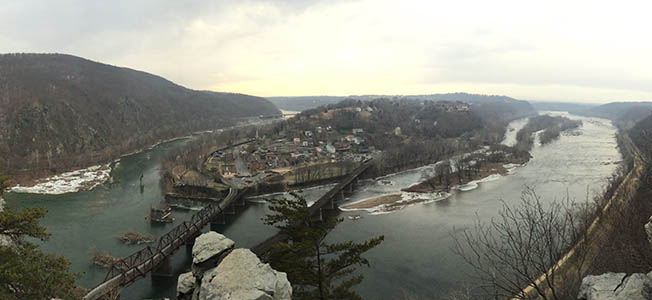
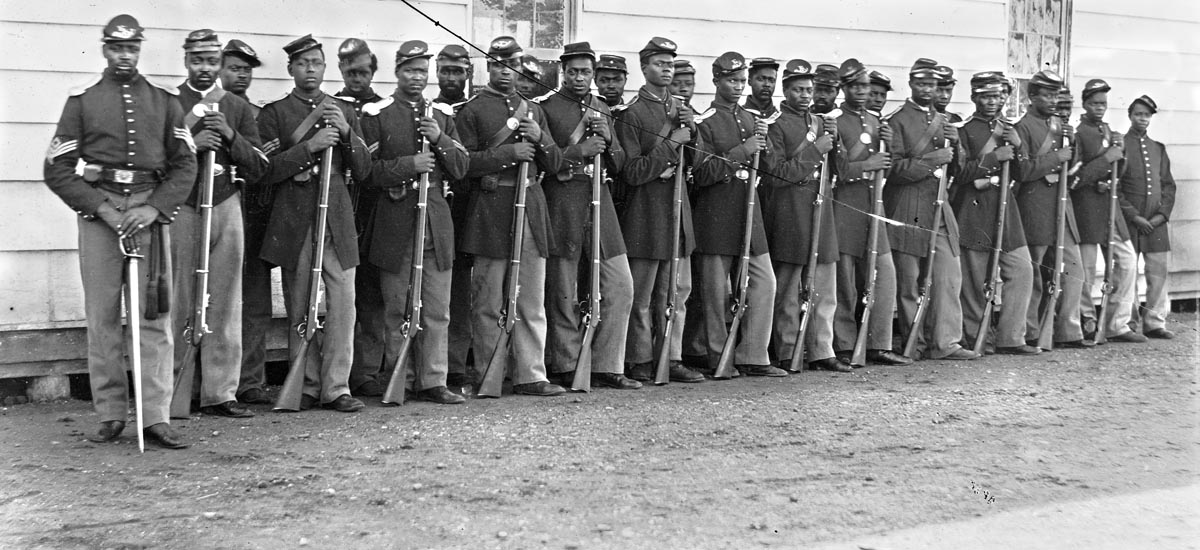
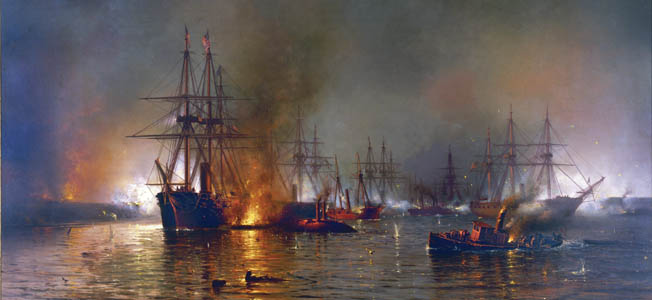
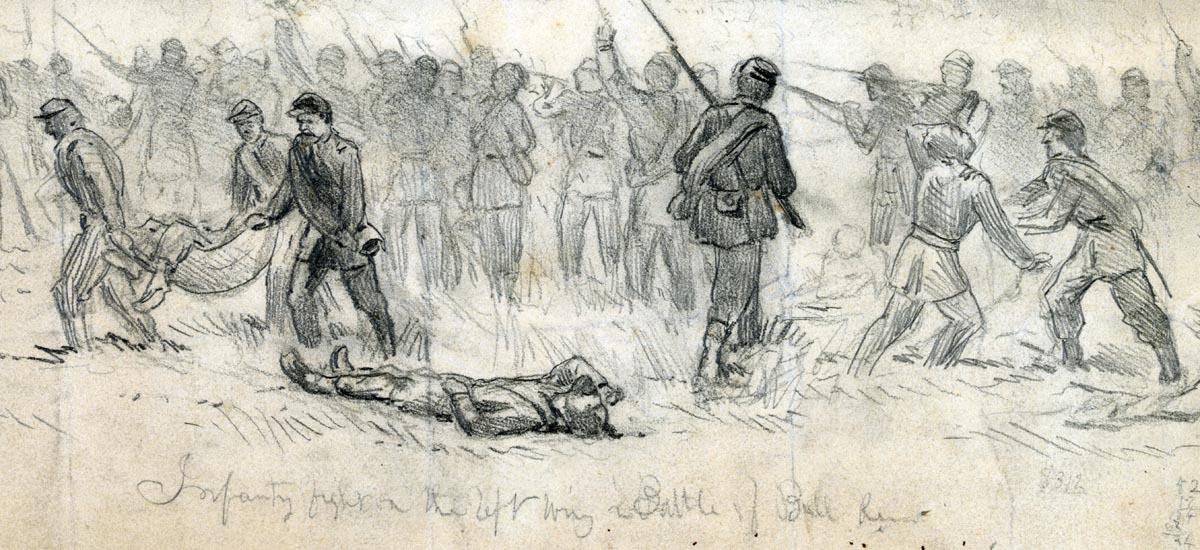
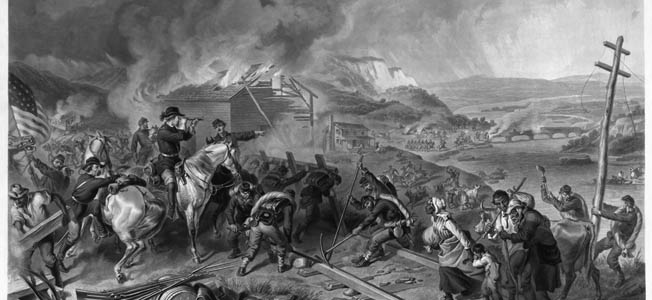

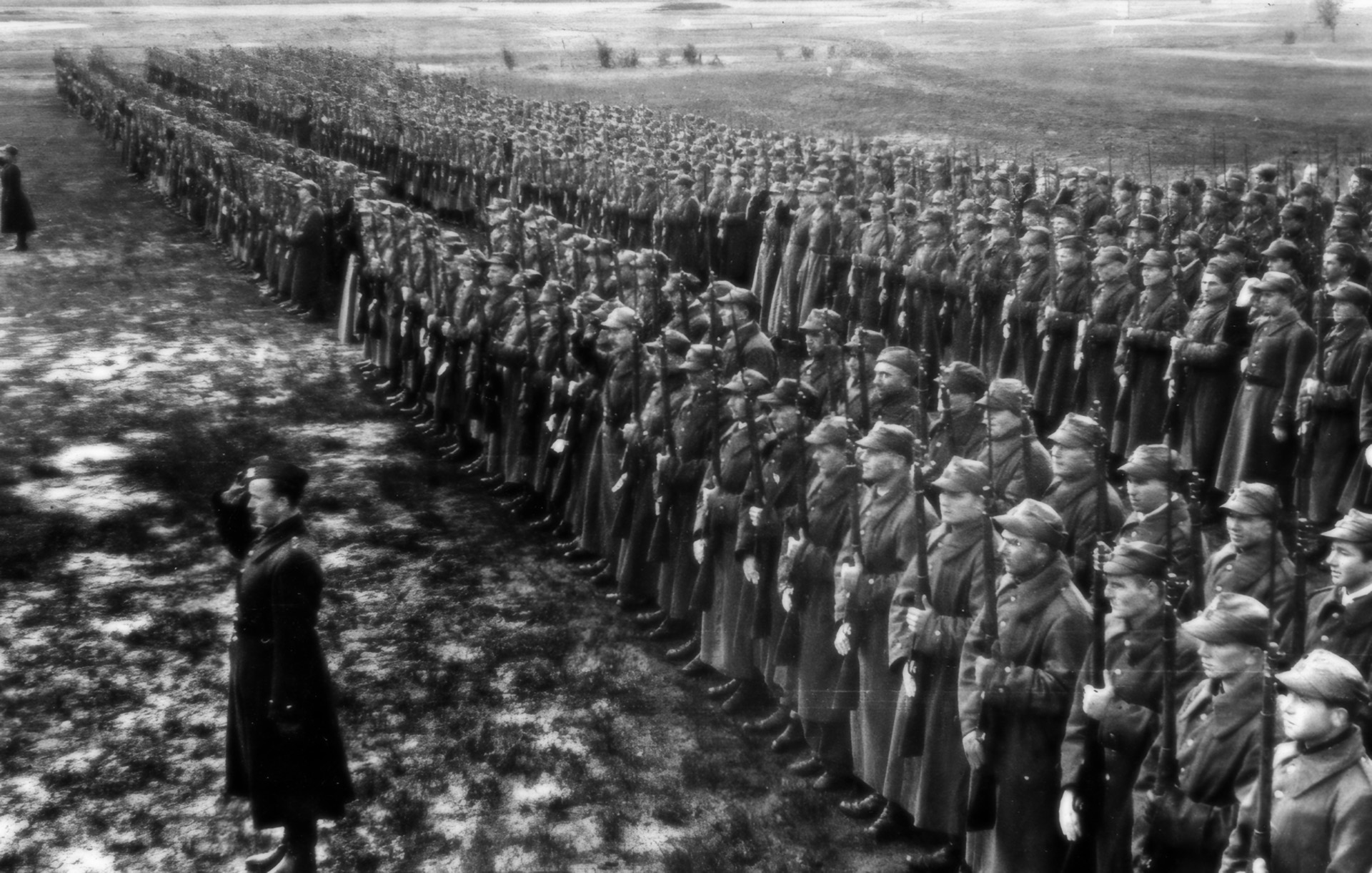
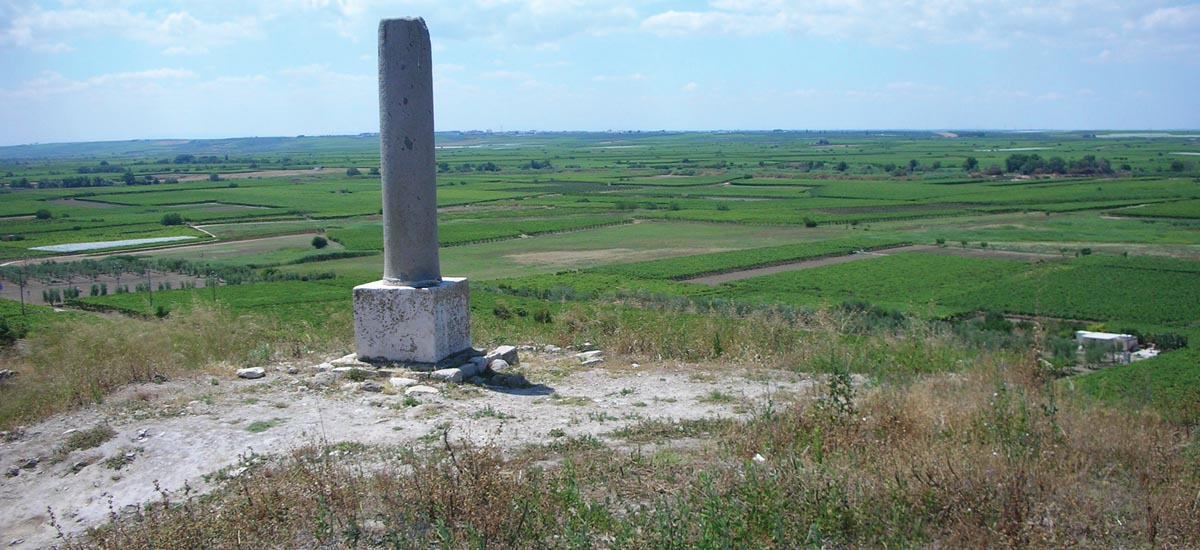
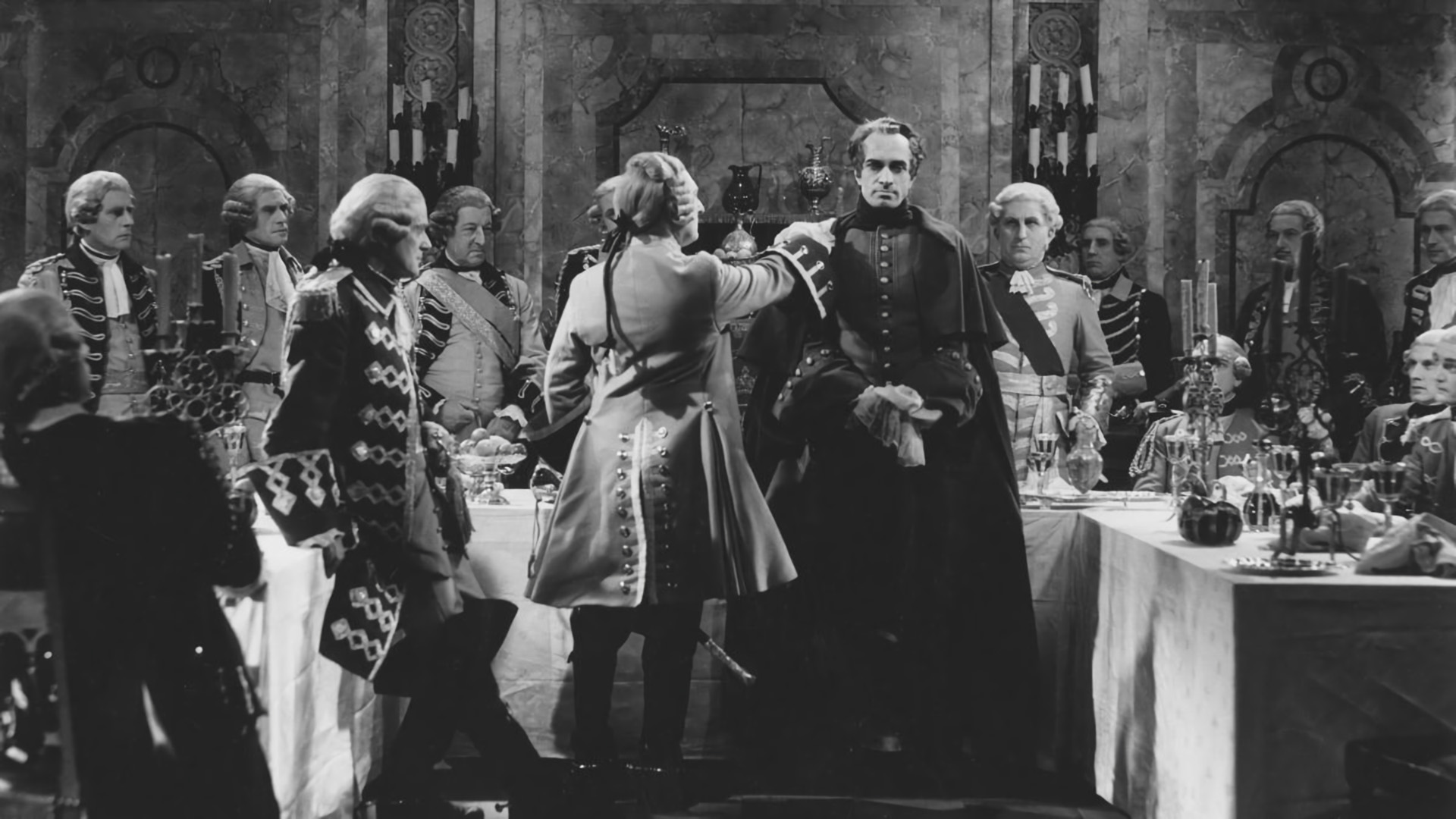
Join The Conversation
Comments
View All Comments